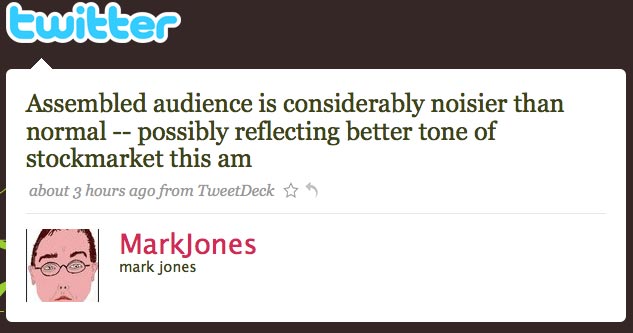 In our Innovations in Journalism series, Journalism.co.uk asks website and technology developers to pitch their projects to us. This time it’s Moblog and its mobile toolkit for blog publishing.
In our Innovations in Journalism series, Journalism.co.uk asks website and technology developers to pitch their projects to us. This time it’s Moblog and its mobile toolkit for blog publishing.
1) Who are you and what’s it all about?
moblog:tech Ltd operates a community website, Moblog and a technology licensing firm.
Our team has been offering mobile blogging services since 2003, both to consumers wishing to blog from their phones; and to brands and businesses, who want to use mobile blogging as part of their marketing and promotional mix.
The service is a web and mobile service, so anything you post online is immediately accessible on your mobile as well.
Moblog as a platform is capable of instant publishing of content from in the field via voice (voice is converted to text and posted along with the original audio), MMS, SMS, email and via the web and mobile browser. This makes the service a perfect place to publish multimedia when it is time sensitive. This can happen direct to the picture desk behind a firewall or via RSS, it can be public and collaborative by allowing the public to post to your stream.
It is an exceedingly flexible system designed to bring web and mobile experiences together so that it no longer matters where you are publishing, reading or accessing the service.
The platform can be a complete install, such as Channel 4’s Big Art Mob (this is a build using our Participation Toolkit that we did for Channel 4); or can exist within Moblog itself as part of the network of moblogs. It can also be a standalone site in it’s own right such as the ‘Promotional Moblog’ for Dispatches.
2) Why would this be useful to a journalist?
Journalists are facing perhaps the greatest upset to the model and means of reporting that has occurred since the advent of the printed page. New audiences and new ways of reporting the news are fast becoming the norm.
Blogging is a big part of this transformation. With mobile camera phones and mobile web becoming the norm, the ability to generate images and video from mobile devices, along with audio and text, and share in a well structured manner to web and mobile sites whilst in the field is another tool now available – not only to journalists, but also to the public.
We have seen some game-changing shifts happen in how content is created, shared and disseminated, and the role of the public in adding to newsgathering and creation.
A critical example of this was the first image that emerged from within the tube tragedy on 7/7/2005, captured by Adam Stacey, which was first published on Moblog. This image became one of the seminal images associated with the event. More than this, it helped to define the emerging trend of so called ‘Citizen Journalism’.
3) Is this it, or is there more to come?
The platform is feature rich and it’s difficult to describe the possibilities (visit this link for a listing of Moblog’s features).
It’s worth mentioning that all posts can be geolocated on an integrated map on each moblog and that all moblogs are highly customisable, as reflected in the Dispatches program example above.
The platform is constantly evolving and we have a development pipeline that includes an API and other features that will be useful to individuals and clients.
4) Why are you doing this?
We started the site for fun back in 2003, with a shared passion for all things mobile, and for bridging web and mobile. We remain focused on enabling individuals, groups and clients to engage audiences on web and mobile with instantaneous, wonderful and useful content generated from their mobile phones.
5) What does it cost to use it?
It’s free to use non-commercially at Moblog, and we operate a ‘freemium model’ so that people can subscribe at Moblog for more features. Commercially, our licenses are yearly and range from £3,000 for mobile blogging solutions such as our Promotional Moblog.
6) How will you make it pay?
Our client base at this time comes predominantly from the entertainment and third sector. We intend to expand our client base for the Participation Toolkit and Promotional Moblogs. Licensing fees from these mobile blogging platforms, coupled with advertising and subscriber revenues, is how we generate revenue.
 There was also
There was also  In our
In our 

